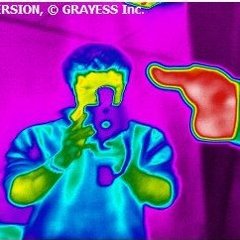Thunderbolt 3 Technology
-
Featured Topics
-
Topics
-
IBM_THINKPAD_R51 ·
Posted in Servers, NAS, and Home Lab0 -
2
-
0
-
0
-
0
-
1
-
Beeswitt ·
Posted in Troubleshooting1 -
3
-
0
-
1
-


















Create an account or sign in to comment
You need to be a member in order to leave a comment
Create an account
Sign up for a new account in our community. It's easy!
Register a new accountSign in
Already have an account? Sign in here.
Sign In Now